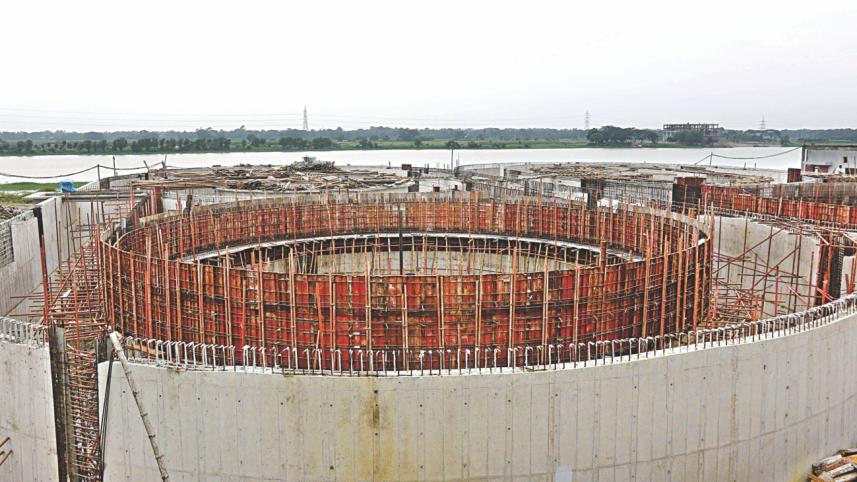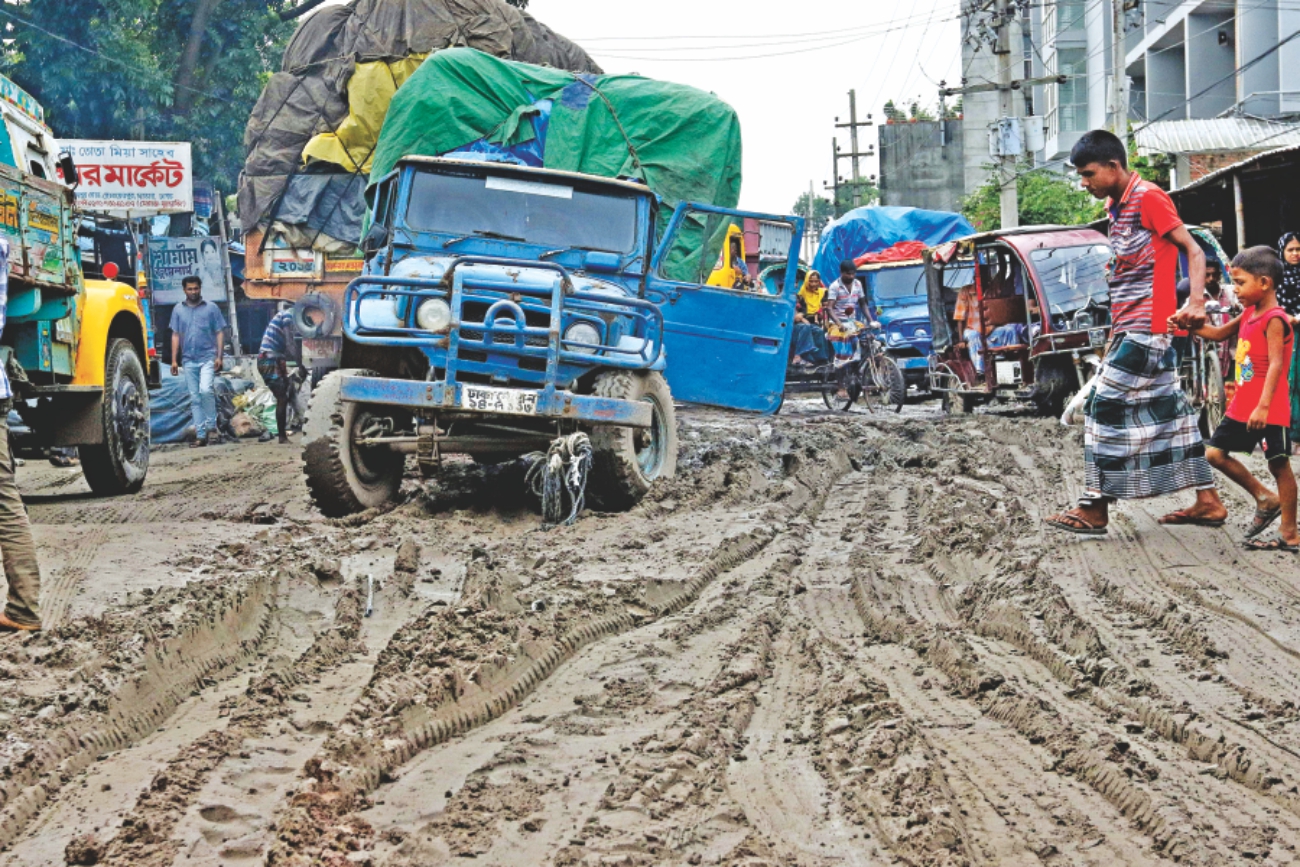CETP at Savar yet to be ready

The government has not yet completed the construction work of the Central Effluent Treatment Plant (CETP) at Savar although Hazaribagh tanners are under constant pressure to relocate their businesses there.
CEPT is used for the proper treatment of toxic waste spewed out by tanneries.
It would take at least another month to complete the physical work of the CEPT at Savar Tannery Industrial Estate as some machines are yet to reach there, project officials said.
On Monday, the Supreme Court ordered the owners of 154 tanneries to pay Tk 10,000 in daily compensation for damaging the environment in Hazaribagh area.
The move came as the tanneries have yet to relocate to Savar on the outskirts of the capital, despite repeated government warnings.
The apex court reset the compensation amount to Tk 10,000 after the tanners moved an appeal before it against the June 16 High Court order that had asked each of the factories to pay Tk 50,000 in daily compensation.

The SC order said half of the money would go to Bangladesh Liver Foundation for running charitable activities and the rest would be deposited in government coffers.
“We have not got all the machines. We are expecting the last consignment of machineries to be used in the CETP,” said Professor Delwar Hossain, a faculty of Bangladesh University of Engineering and Technology (Buet), who is working as a project consultant.
He hoped to complete the physical work of the two of the four CETP modules within a month but said the work of the other two would take some more time.
Also, the Bagbari Shyampur Road approaching the new tannery town has been in a bad shape.
During a visit there, this correspondent saw some 50 vehicles, including trucks, delivery vans, pick-ups and three-wheelers, stranded on the muddy and battered road near Tamizuddin market, which is a kilometre away from the tannery town.
Apart from the tannery zone, many private industrial units, mostly garments and packaging industries, have been set up in the area.
But the authorities concerned seem to have paid little attention to the road's infrastructure, said locals.
A large number of vehicles loaded with goods have been using the road every day since the construction work of the tannery town began, they said.
The progress of the construction work of various factory buildings inside the zone seems to have slowed down too.
This correspondent saw only one complete five-storey building. There were also three three-storey, 15 two-storey and 53 one-storey buildings there. The piling work of another 154 buildings was underway.
However, the construction work of the CEPT was going on in full swing.
An official from the Bangladesh Small and Cottage Industries Corporation (BSCIC) said two units of the four preequalisation tanks were almost complete. Works on pipe installation is done while that on the effluent pumping station was also almost complete, he said.
“But, the reality is, we are not completely ready. We need more time to construct our CETP,” said the official, wishing not to be named.
Project Director Abdul Qaiyum, however, said they would be “ready by the time the tanners would move in.”
He also said they were ready for the test operation of the CETP.
“But so far, only one tannery has been shifted to Savar. We need at least 48 units to conduct the test run. Hopefully, we will get enough number of factories operating here before the Eid-ul-Azha,” said the project director at his office at Savar yesterday.
Asked about the progress of the project, he said the water treatment plant in the area has got power supply on June 30 and that they were ready to provide water connections to the industries.
Already, 43 industries have applied for the water connection and water meter, he said.
Also, 34 industry owners have applied for electricity supply while already two industrial units -- Reliance Tannery and Marson Tannery -- have got it.
The Reliance Tannery has been processing rawhide at its factory there for around a month, said its officials.
Sohel Rahman, its chief technician, said every day, they were processing 8,000 to 9,000 pieces of rawhide at their factory.

 For all latest news, follow The Daily Star's Google News channel.
For all latest news, follow The Daily Star's Google News channel.